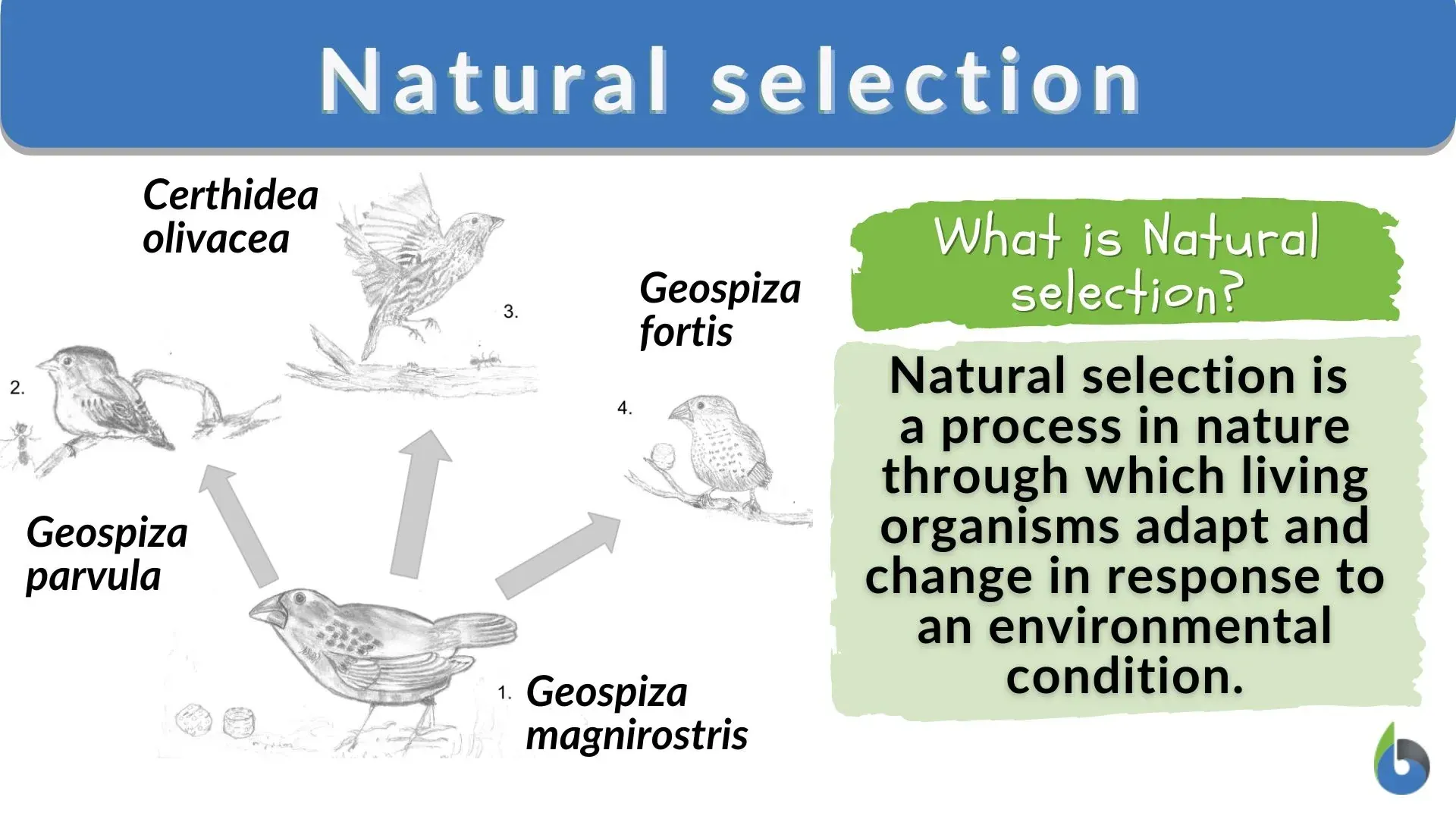The Origin of Life: How Did Life Begin on Earth?
The origin of life on Earth is one of the most profound and intriguing mysteries in science. For billions of years, our planet was a lifeless world of rock, water, and gases. Then, somewhere between 3.5 and 4 billion years ago, something extraordinary happened: simple molecules assembled into the first living cells, setting in motion the story of life that continues to this day. But how did this transformation occur? Scientists have pieced together clues from chemistry, geology, and biology to propose several theories about life's beginnings.
The Primordial Soup and Chemical Evolution
Most researchers believe that life began in the ancient oceans, where energy from lightning, volcanic activity, and sunlight powered chemical reactions among simple molecules like water, methane, ammonia, and hydrogen . This "primordial soup" theory suggests that, over time, these molecules formed more complex organic compounds such as:
- Amino acids - the building blocks of proteins
- Nucleotides - the components of DNA and RNA
- Fatty acids - essential for cell membranes
- Simple sugars - energy sources for early life
In 1953, the famous Miller-Urey experiment demonstrated that amino acids could indeed form under simulated early Earth conditions, lending support to this idea.
From Molecules to Cells
The next step in life's origin was the assembly of these organic molecules into larger, self-organizing structures. Scientists hypothesize that fatty acids formed primitive membranes, creating tiny bubbles called protocells . Inside these protocells, molecules like RNA may have acted as both genetic material and catalysts, enabling the first forms of self-replication. This " RNA world " hypothesis is supported by the discovery that RNA can store information and catalyze chemical reactions, making it a likely candidate for the earliest genetic system.

The process of natural selection that drove early life evolution
Energy and Evolution
For life to persist, it needed a source of energy. Early cells may have harnessed chemical energy from hydrothermal vents on the ocean floor or from sunlight through primitive photosynthesis. As these first cells reproduced, random mutations led to variation, and natural selection favored those best able to survive and replicate. Over millions of years, this process gave rise to the incredible diversity of life we see today.
Unanswered Questions and the Search Continues
While much progress has been made, many questions remain:
- Did life begin in shallow ponds, deep-sea vents, or even arrive from space on comets?
- How did the first genetic code arise?
- What role did clay minerals or other surfaces play in organizing early molecules?
- Could life emerge multiple times independently?
Scientists continue to explore these mysteries through experiments, computer models, and the study of ancient rocks and meteorites. The search for life on other planets, such as Mars or the icy moons of Jupiter and Saturn, may one day provide new insights into how life can emerge from non-living matter.
Why the Origin of Life Matters
Understanding the origin of life is not just about looking back—it helps us appreciate the fragility and uniqueness of life on Earth. It also guides our search for life elsewhere in the universe and deepens our sense of connection to all living things. The story of life's beginnings is a testament to the power of chemistry, chance, and time, and it reminds us that even the simplest beginnings can lead to unimaginable complexity.